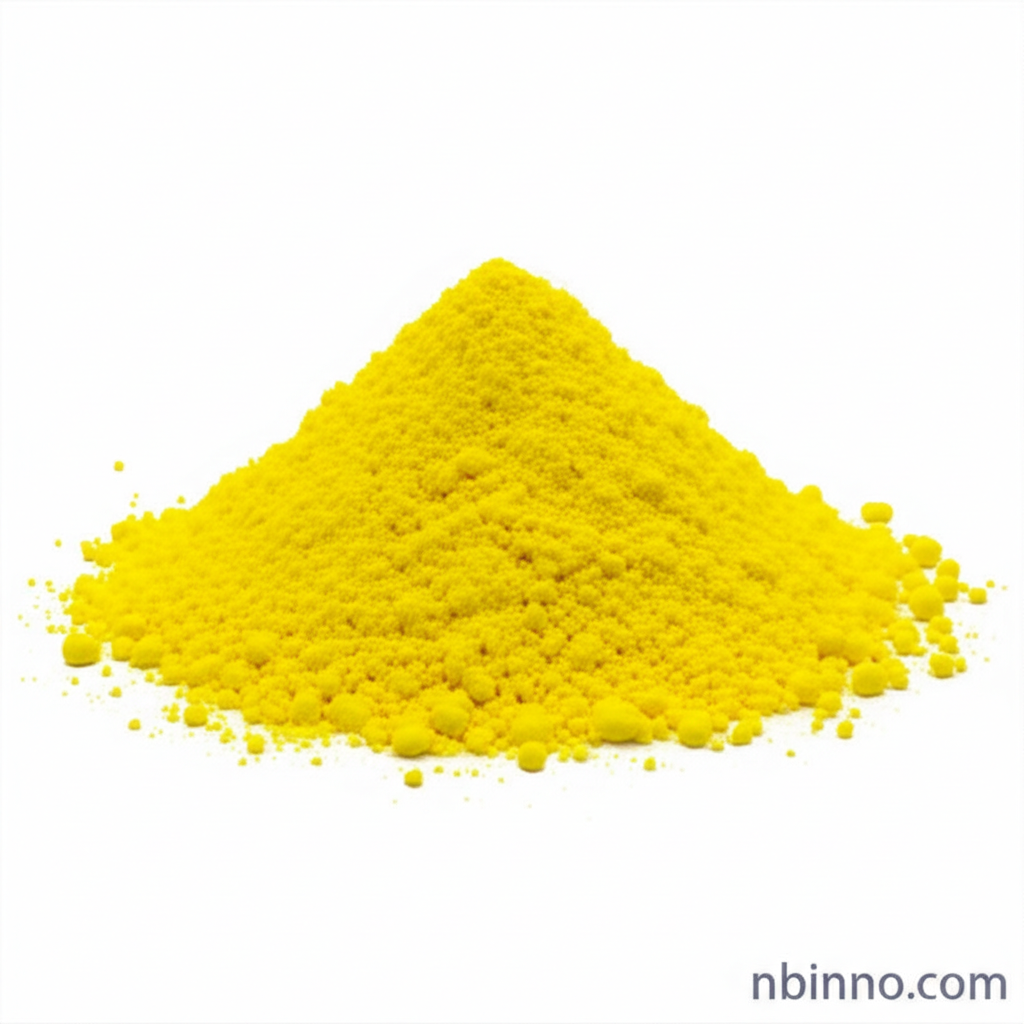Azodicarbonamide: A Versatile Chemical Blowing Agent for Plastics, Rubber, and More
Discover the power of Azodicarbonamide in creating lightweight, strong, and shock-absorbent materials for diverse industrial applications.
Get a Quote & SampleProduct Core Value

Azodicarbonamide
Azodicarbonamide (ADC), also known as ADCA, is a highly effective chemical blowing agent that plays a crucial role in the manufacturing of foamed plastics and rubber products. Its ability to decompose under heat, releasing gases like nitrogen, carbon monoxide, carbon dioxide, and ammonia, allows for the creation of cellular structures within polymers, leading to materials with reduced density, improved insulation, and enhanced cushioning properties.
- Leverage ADC foaming agent for plastics to achieve superior thermal insulation and soundproofing in your products.
- Explore the benefits of azodicarbonamide in rubber foaming, enhancing shock absorption and creating lighter components.
- Understand the chemical properties of azodicarbonamide, including its decomposition temperature and gas yield, for optimal process control.
- Utilize azodicarbonamide powder as a versatile blowing agent across various synthetic materials like PVC, EVA, and PE.
Key Advantages of Azodicarbonamide
High Gas Yield and Efficiency
As a blowing agent, azodicarbonamide offers a high gas yield, meaning a small amount can produce a large volume of foam, contributing to cost-effectiveness in plastic foaming solutions.
Versatile Application Spectrum
The uses of azodicarbonamide in industry are vast, ranging from creating lightweight automotive parts to enhancing the feel of synthetic leather and improving the performance of shoe soles.
Controlled Decomposition
With adjustable decomposition temperatures, manufacturers can fine-tune their processes to utilize azodicarbonamide effectively, ensuring optimal foaming at the right stage of production.
Key Applications
Plastics Foaming
Azodicarbonamide is a primary chemical blowing agent for various plastics, enabling the production of foams used in insulation, packaging, and consumer goods, contributing to improved strength and impact resistance.
Rubber Foaming
In the rubber industry, ADC is used to create foamed rubber products, offering enhanced elasticity and cushioning for applications like shoe soles and seals, often improving shock absorption.
Synthetic Leather and Textiles
The compound is employed in the production of synthetic leather and textile coatings, contributing to the material's texture, flexibility, and overall aesthetic appeal.
Food Industry (Historical/Limited Use)
While its use is regulated and declining in many regions, azodicarbonamide has historically served as a flour treatment agent to improve dough properties, though concerns about degradation products exist.
Related Technical Articles & Resources
Why Choose Us?
Leverage our expertise and state-of-the-art infrastructure to accelerate your journey from discovery to commercial success.
Global Experience
With 20 years of R&D, manufacturing, and sales experience, we proudly serve clients across 60 countries and regions worldwide.
Advanced Facilities
Our in-house R&D laboratory, pilot platform, and large-scale production workshop are equipped to meet the audit requirements of global customers.
Seamless Scalability
We facilitate a perfect transition from small-scale lab requirements (grams) to full commercialization (hundreds of tons).
